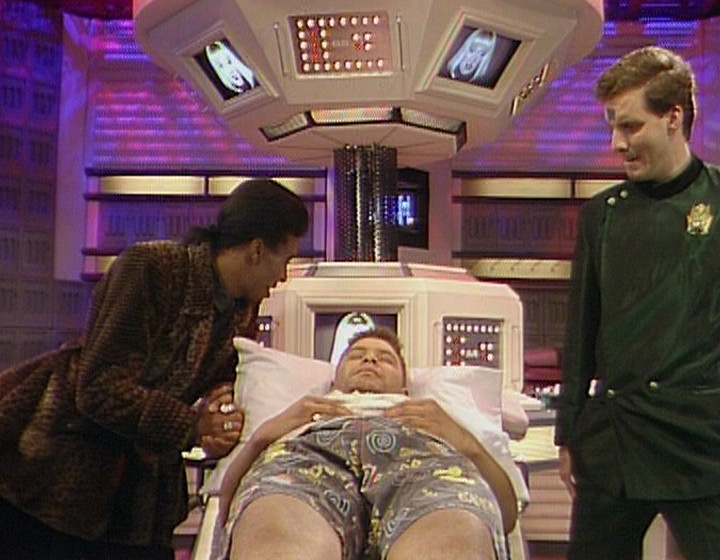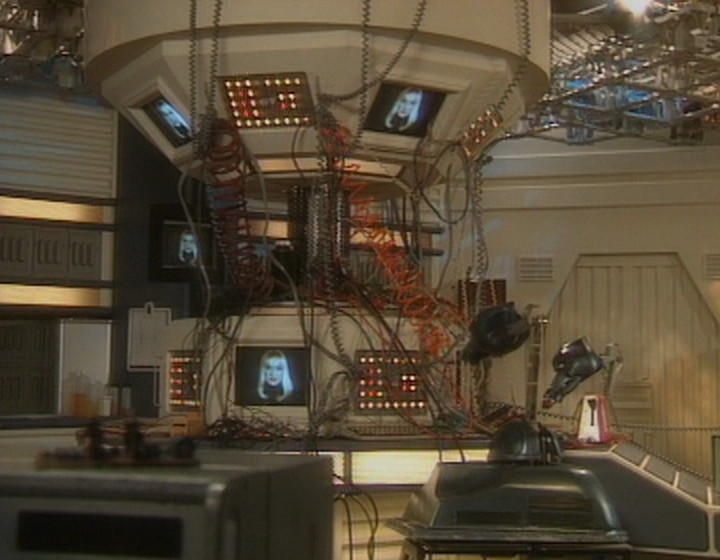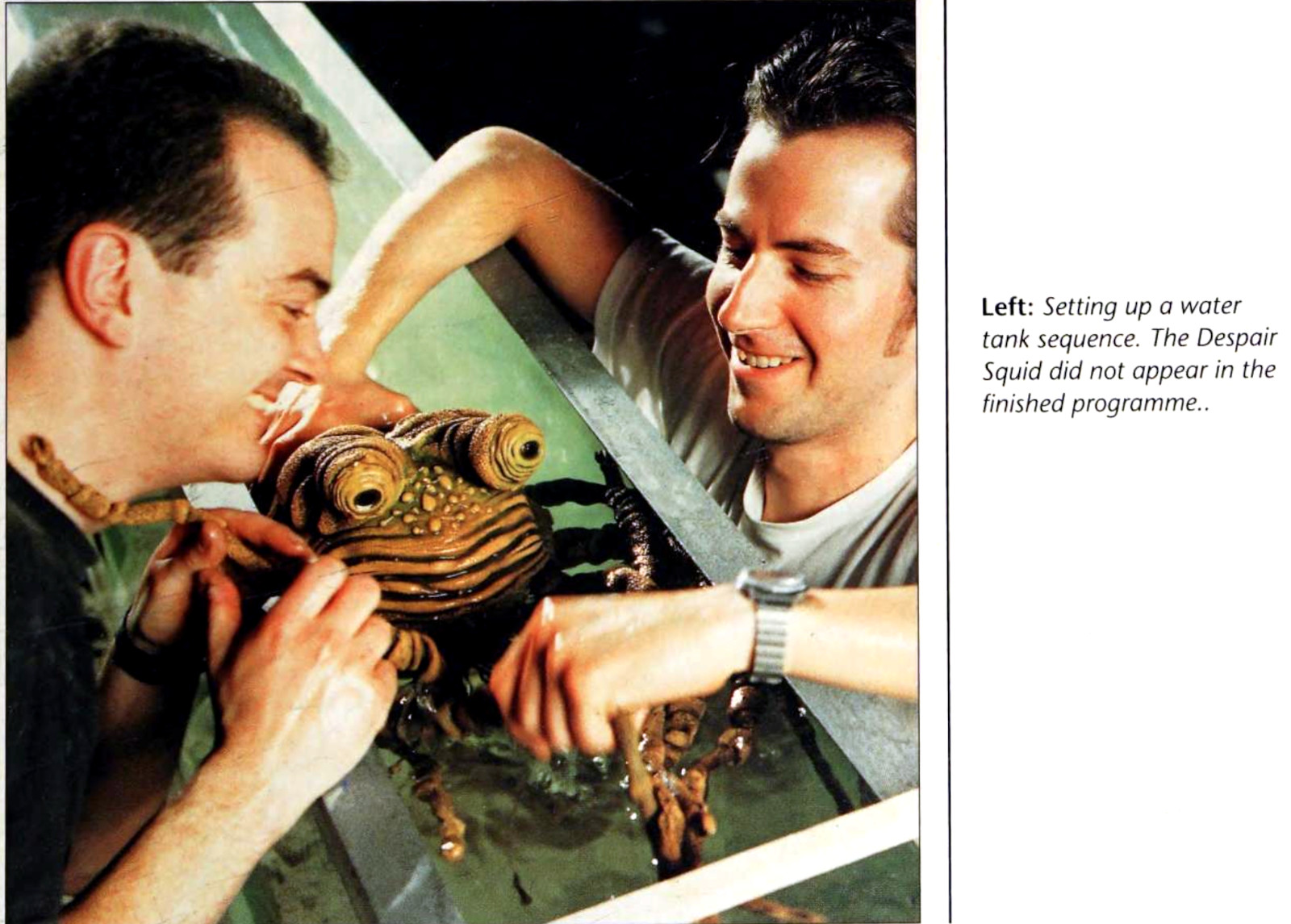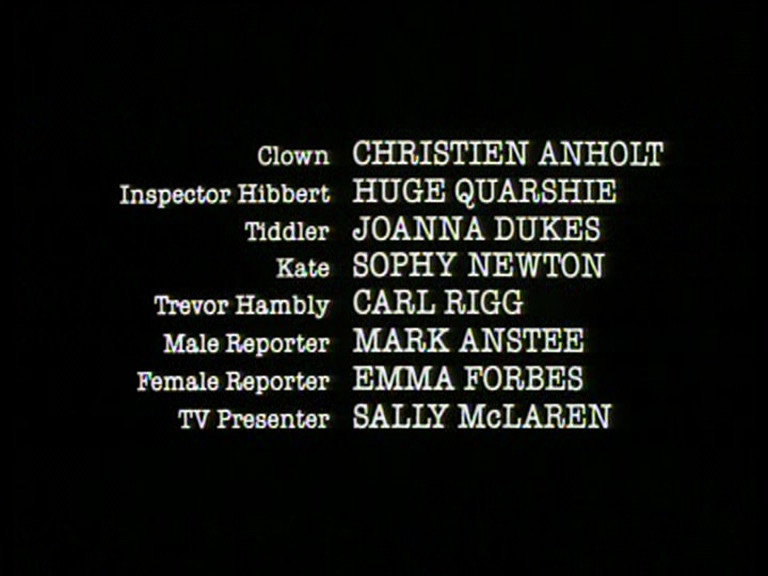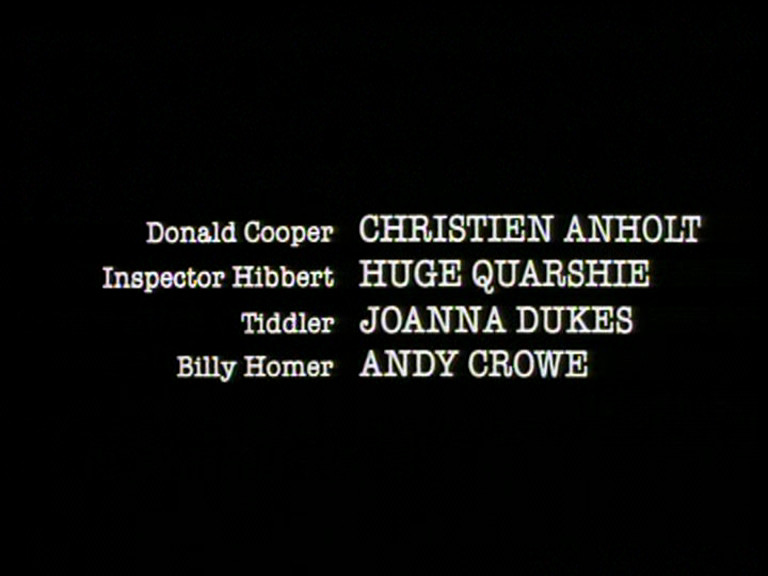In 1994, two things happened to me which had major implications years down the line. Firstly, my Dad died. Secondly, I got into Red Dwarf. I’m not quite sure which was the most damaging to me in the long run.
Also released in 1994 was a very formative book. The Making of Red Dwarf by Joe Nazzaro came at exactly the right point for me, being all my favourite topics in one volume. It also meant that I could shake my head sadly when people didn’t understand that sitcoms had a real studio audience present. Come on, I’d seen the Red Dwarf set plan with the place marked out for the audience seating for years!1
But what I didn’t know back in 1994 was the troubled route that book had to publication. We only really found out about that three decades later, when Nazzaro published Comedy, Chaos – and Cowboys! The Red Dwarf Companion – his original draft of the Making Of book, which turns out to be vastly different to the final product. It’s a fascinating yet infuriating read, and you can do no better than read this review on Ganymede & Titan to find out why. Sadly, the number of typos and formatting errors in the book is absolutely off-the-charts, and smacks of – and I don’t say this lightly – genuine contempt for the book’s audience.2
And yet for all that, I still managed to wring an absurd amount of joy from the book. For instance, take this sequence from the episode “Psirens”, as one of our eponymous insectoid villains has just forced Kryten into the crusher:
God, Robert Llewellyn is great there. “I’m almost annoyed” is funny. His irritated expression is funnier.
Now, most of the above scene was shot on location at Bankside Power Station, which I already knew about. But what I didn’t know was that some of it was reshot in the studio on the penultimate day’s recording of the series, as part of a day of pick-ups.
Nazzaro quotes Red Dwarf VI‘s director, Andy De Emmony:
“We’re re-doing a compactor scene with Robert in the box. At the last minute, we were doing the shot where he walks away from camera to the edge and looks down. We now have him walking to camera which is funnier. I want to do a shot where he’s walking towards camera, laugh, and then we do an out of camera shot, as he’s walking away to the edge.”
The above doesn’t really give the clearest explanation of what’s happening with this reshoot. The below will probably explain it better. These are two consecutive shots:
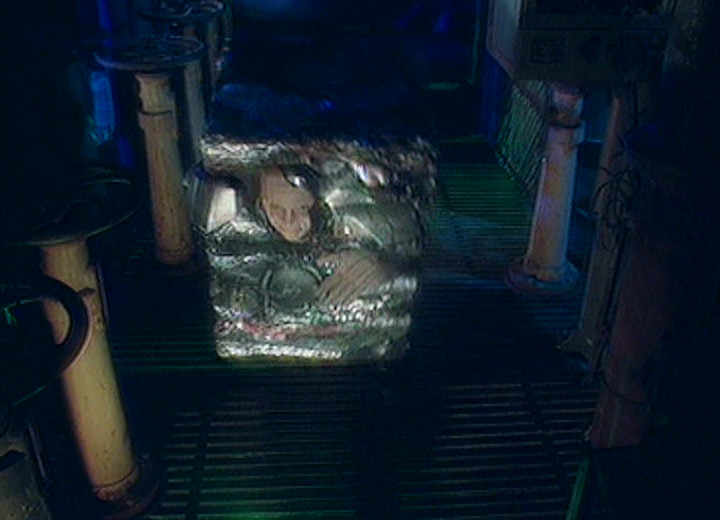
Location: 11th February 1993
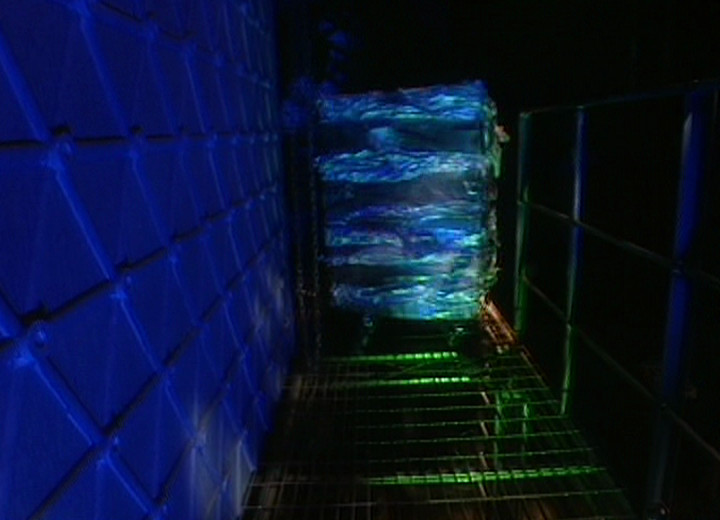
Studio: 26th March 1993
I have to admit, I find discovering this utterly delightful, for two reasons.
Firstly, I think that mixing location and studio material is interesting in its own right. Once you know, perhaps the reshoot is obvious – the picture quality is slightly different, and the grille Kryten is waddling on changes between shots. But it’s matched up so cleverly with the lighting – particularly with the green glow on the grille itself – that nobody normal would ever notice, and 99.99% of abnormal people would never notice either. It’s a beautiful little piece of production.
But mostly I find it delightful because 30 years after first watching the episode, I’m still finding out fascinating little details about Red Dwarf. Stuff which you would have thought would have come out by now, with everything that’s been written about the series, but somehow never quite did. And while I can still find out new things like this, I just can’t tear my brain away from the show entirely.
Although, y’know, what they really needed to reshoot was Kryten’s fall onto the Psiren. Come on now, you don’t want an awkward bounce. You want a bloody squidge.

